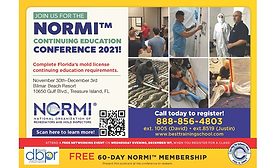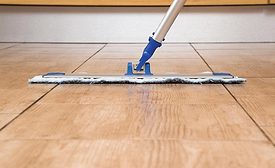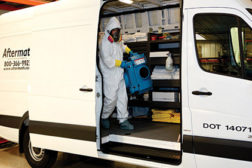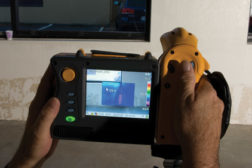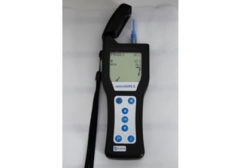Home » Keywords » contamination testing
Items Tagged with 'contamination testing'
ARTICLES
Handling Hazards
Environmental hazards like asbestos, PCBs and lead can change the complexion of a seemingly routine job.
Read More
A Message from PACR on Lead, Asbestos Testing in Wake of Colorado Flooding
The requirement for testing of asbestos and lead has been lifted only for the structures that were flooded and affected by the recent flooding in Colorado.
September 18, 2013
Innovation in Restoration: From ATP Meters to IR Cameras
Better and increased use of meters and data loggers can be very helpful in communication.
Read More
Get our new eMagazine delivered to your inbox every month.
Stay in the know on the latest disaster restoration and remediation trends.
SUBSCRIBE TODAY!Copyright ©2022. All Rights Reserved BNP Media.
Design, CMS, Hosting & Web Development :: ePublishing
